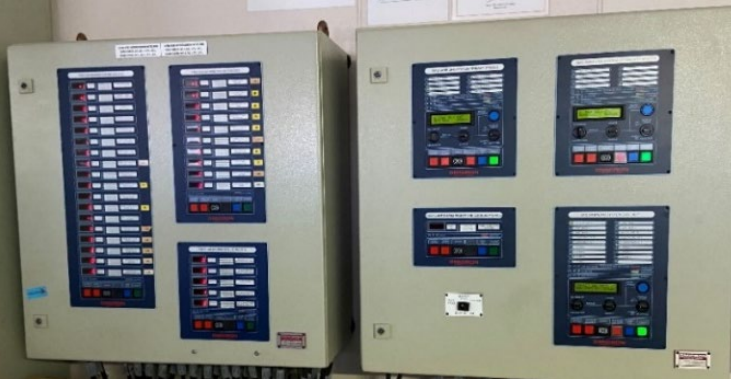The US Coast Guard has alerted the maritime community on issues found in fixed gas detection systems onboard liquefied gas carriers.
Summary of events
The International Code for the Construction and Equipment of Ships Carrying Liquefied Gases in Bulk (IGC Code) requires the activation of alarms at specified vapor concentrations. USCG Inspections and Compliance Directorate issued a Marine Safety Alert.
Port State Control Officers (PSCOs) found issues in three LNG carriers in Boston. These issues were noted in the fixed flammable gas detection system. It resulted in deficiencies and delays in cargo operations.
Shortcomings noticed

- Multiple sensors measured outside the tolerances established by the manufacturer and subsequent calibration checks failed.
- Crew members failed to follow established procedures as specified in their SMS.
- Lapses were found in crews responsible for maintaining and testing the fixed gas detection system should understand testing procedures and allowable tolerances.
- Many of the sensor tests observed by the PSCOs had readings outside of the established tolerances.
- A “drifting sensor” caused detectors to exceed tolerances specified by the manufacturer.
Sensor issues
- Sensors with the wrong calibration pose a significant safety threat and could be grounds for vessel control actions, such as delayed departure from port, delayed cargo operations, or detention.
- Another common discrepancy observed was the use of improper span gas on catalytic sensors.
- The span gas is used to prove the proper operation of the fixed gas detection system and must be properly fitted.
- There are three main types of sensors: catalytic, infrared, and electrochemical.
- Catalytic sensors rely on the presence of oxygen to function correctly.
- If the composition of the span gas used on a catalytic sensor does not include oxygen and is balanced with inert gas, the sensor will not operate correctly.
- Tests or calibrations conducted with the incorrect span gas can cause the sensor to operate outside established tolerances.
Recommendations to liquefied gas carrier owners
USCG strongly recommends that liquefied gas carrier owners and operators ensure the following:
- Testing and calibration of fixed gas detection systems per the vessel’s SMS and manufacturer’s instructions.
- Sensors operating within established parameters.
- The appropriate span gas for the type of sensor is correctly applied to the sensor.
- The crewmember has adequate training, is fully knowledgeable on the system, and is proficient in conducting system tests.
- Investigating officers, inspection personnel, service technicians, and shipboard personnel are encouraged to maintain an acute awareness of these issues and initiate corrective actions as needed.
Did you subscribe to our daily newsletter?
It’s Free! Click here to Subscribe!
Source: USCG

















